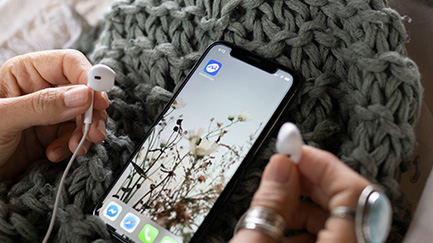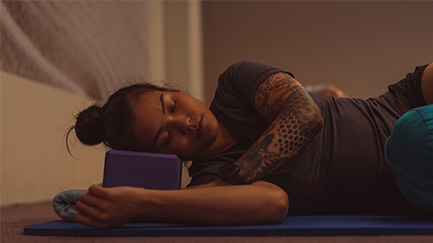Your balance reveals a lot about your back function. For a number of individuals, standing in certain positions or holding particular postures can be hard to stay steady or upright.
Prevent falls and improve your back function with balance training
If you are suffering from back pain or have undergone back surgery, it is quite likely that you may have difficulties with your balance.
What is a good indication of your balance? There are two simple tests you can do to test your balance.
1. Single leg balance
This test simply involves balancing on one foot, without wrapping your free leg around your supporting leg. For this test, you want to have the foot lifted for over 10 seconds on each without needing to rest. For older adults, a score over 14 seconds is above average and for younger adults, 29 seconds is a great goal.
2. Sit to stand
For this test, you will need to sit on chair (preferably without arms) and time how many complete ‘up to down’ cycles you can achieve in 30 seconds. Set a goal for 15 repetitions (standing and returning to seated) or higher.
How is this related to back function?
Multiple causes of back pain can lead to muscle weakness, which, when left unchecked, can lead to difficulties with balance while walking, stair climbing, standing, and more. The tests above help indicate how well your brain and body are working together for you to remain upright. When your body moves (lifting your leg in the balance test), the other parts of your body (such as your back) need to react in order to adapt to the movement and keep you upright. The tests also reveal how much speed, power and strength your lower limbs can generate.
How do I improve?
The tests mentioned above can also be used as remedial exercises. The continuous practice of the single leg balance will help to improve your motor control (the communication between your brain and body). Additionally, the sit to stand test is a control squat and will build your leg strength. By practicing these exercises daily, your body will soon become more reactive when you are caught off balance.
This month, the Physical Rehab team are focusing on No Falls. Throughout the month, they will be releasing some simple yet effective ways for you to improve your balance. If you are looking for more creative ways to improve your balance, reach out to the team at your local FRC or head to our local Facebook Group pages to see the balance exercise videos.
SEQ | NT | FNC | TAS
Written by Mates4Mates Exercise Physiologist, Nolan Woo





